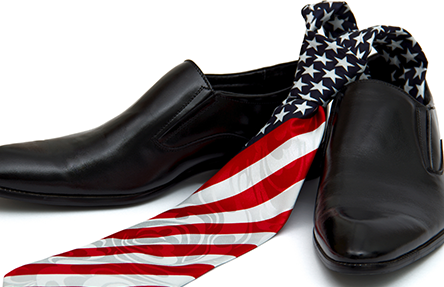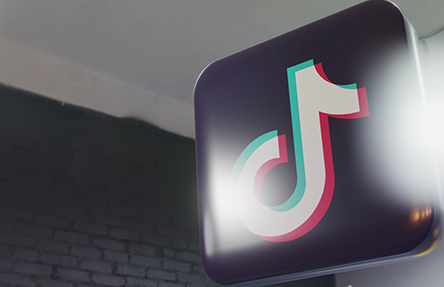The Harmonious Blend of Music and Branding: A Look at Music-Related Trademarks
 Jan/05/2024
Jan/05/2024
The world of music, known for its diversity and dynamism, finds a unique reflection in the trademarks that symbolize its rich landscape. In recent years, the domain of music-related trademarks has witnessed some intriguing trends, encompassing a range of types, industries leveraging them, and innovative applications. This article explores these evolving trends, providing insights into the complex interplay between music and branding.
Popular Types of Music-Related Trademarks: The spectrum of music-related trademarks is classified into several distinct categories, each mirroring a facet of the industry's complexity. Dominating the scene is Class 41: Education and Entertainment Services, capturing a significant chunk of music trademarks. Following closely are Class 35: Advertising and Business Services, and Class 9: Computers and Scientific Devices, signifying the seamless fusion of music with technology and business. Additionally, Class 25: Clothing and Class 42: Science and Technology Services highlight the extent of music's influence, reaching far beyond the realms of traditional entertainment. Industries at the Forefront: A variety of industries are increasingly harnessing music-related trademarks, with the Entertainment and Media Industry taking a leading role. Major entities like Disney Enterprises, Amazon Technologies, and Fox Media LLC have emerged as key players. The Technology and E-Commerce Industry, notably through companies like Amazon, is avidly embedding music into its diverse platforms. The Music Industry itself is not far behind, with firms like UMG Recordings, Inc. fortifying their branding through these trademarks. The Video Gaming Industry and the Musical Instrument Manufacturing Industry, represented by Nintendo of America, Inc. and Gibson Brands, Inc., are also making significant strides in this arena. Innovative Uses of Music in Trademarks: A burgeoning area within music-related trademarks is innovation. Companies are venturing into new territories, incorporating music into various branding facets. For instance, Amazon Technologies is known for integrating music into its streaming services, while Disney Enterprises uses it to enrich multimedia entertainment experiences. The realm of music in trademarks is expanding into the digital and virtual space, with NFTs and online platforms emerging as new frontiers.
Benefits and Risks of Innovative Trademark Approaches: The innovative application of music in trademarks brings numerous advantages, such as heightened brand identity, deeper customer engagement, and novel marketing channels. However, these ventures carry inherent risks, including intellectual property disputes, copyright complexities, and the challenge of maintaining trademark uniqueness. Emerging Trends in Music Trademarks: Recent trends point to the rise of digital and virtual platforms, music's integration into diverse industries beyond its traditional scope, and the emphasis on unique and culturally resonant trademarks. Common Music-Related Trademark Terms: An examination of common terms in music-related trademarks uncovers a diverse vocabulary. Predominant terms include "music," "records," "entertainment," "productions," "studios," "group," "sound," "live," "band," and "festival." These are often intertwined with cultural and geographical references like "Nashville," "Jazz," "Hip Hop," and "Rock," showcasing the global and eclectic nature of music trademarks. The creative incorporation of music into trademarks not only enhances brand recognition but also opens doors to new artistic and commercial possibilities. This dynamic synergy between music and trademarks is poised to influence future branding strategies, resonating with audiences around the globe.






















